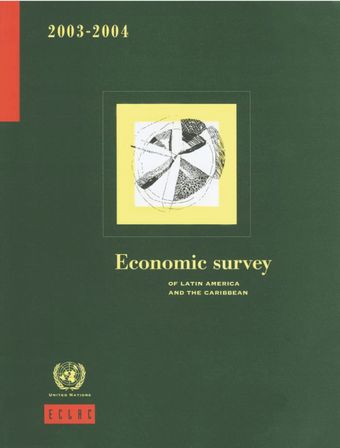El Salvador

- Author: Economic Commission for Latin America and the Caribbean
- Main Title: Economic Survey of Latin America and the Caribbean 2003-2004 , pp 221-227
- Publication Date: December 2004
- DOI: https://doi.org/10.18356/366549cf-en
- Language: English
Economic activity in El Salvador grew by 2% in 2003, which meant that per capita GDP remained virtually stagnant for the fourth year running as the government continued to consolidate the dollarization process and wound down public spending on post-earthquake reconstruction. External demand increased moderately for a second consecutive year after a drop in 2001 that marked the end of a lengthy uptrend in maquila exports to the United States. The main engine of growth was private consumption, thanks principally to higher real wages, credit and family remittances (which now represent more than 14% of GDP). Public investment spending contracted as the reconstruction programme for repairing damage caused by the earthquakes in 2001 progressed towards completion. Despite a slight upturn in private investment, capital formation showed poor growth for the third consecutive year, undermining competitiveness.
-
From This Site
/content/books/9789211555202s004-c012dcterms_title,dcterms_subject,pub_keyword-contentType:Journal -contentType:Contributor -contentType:Concept -contentType:Institution105



